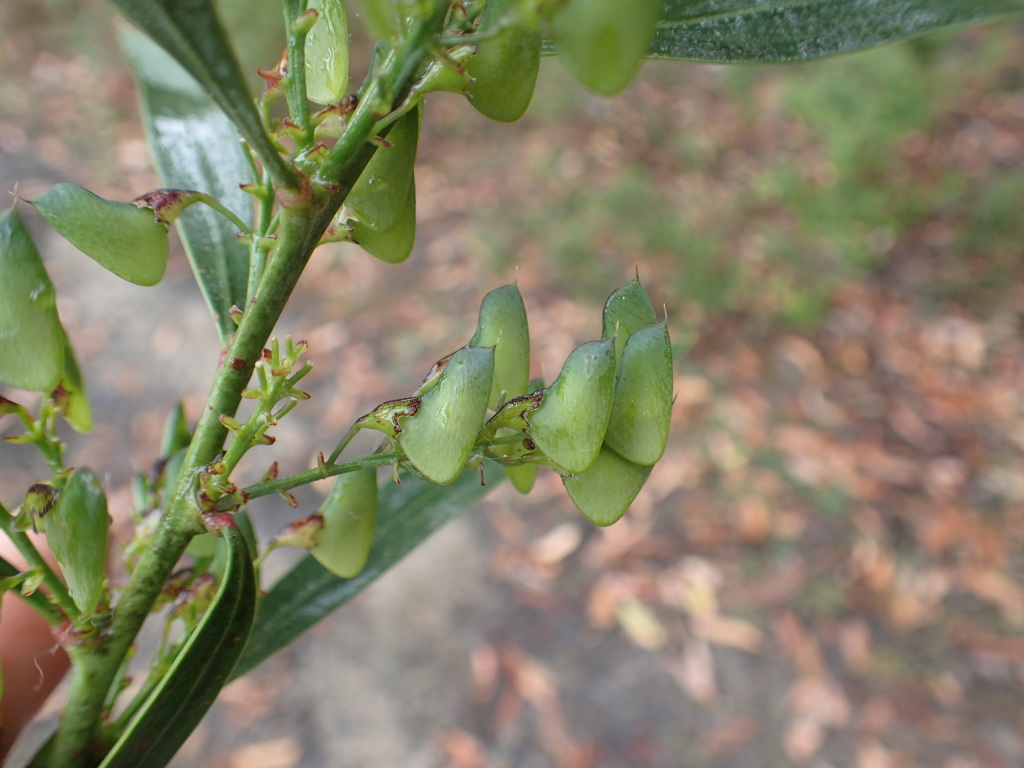Daviesia laevis
Australian Systematic Botany 4: 285 (1991)
Taxonomic status
Accepted
Occurrence status
Present
–
endemic
Origin
Native
Degree of establishment
Native
Threat status
FFG:
Critically Endangered (CR)
• EPBC:
Vulnerable (VU)

